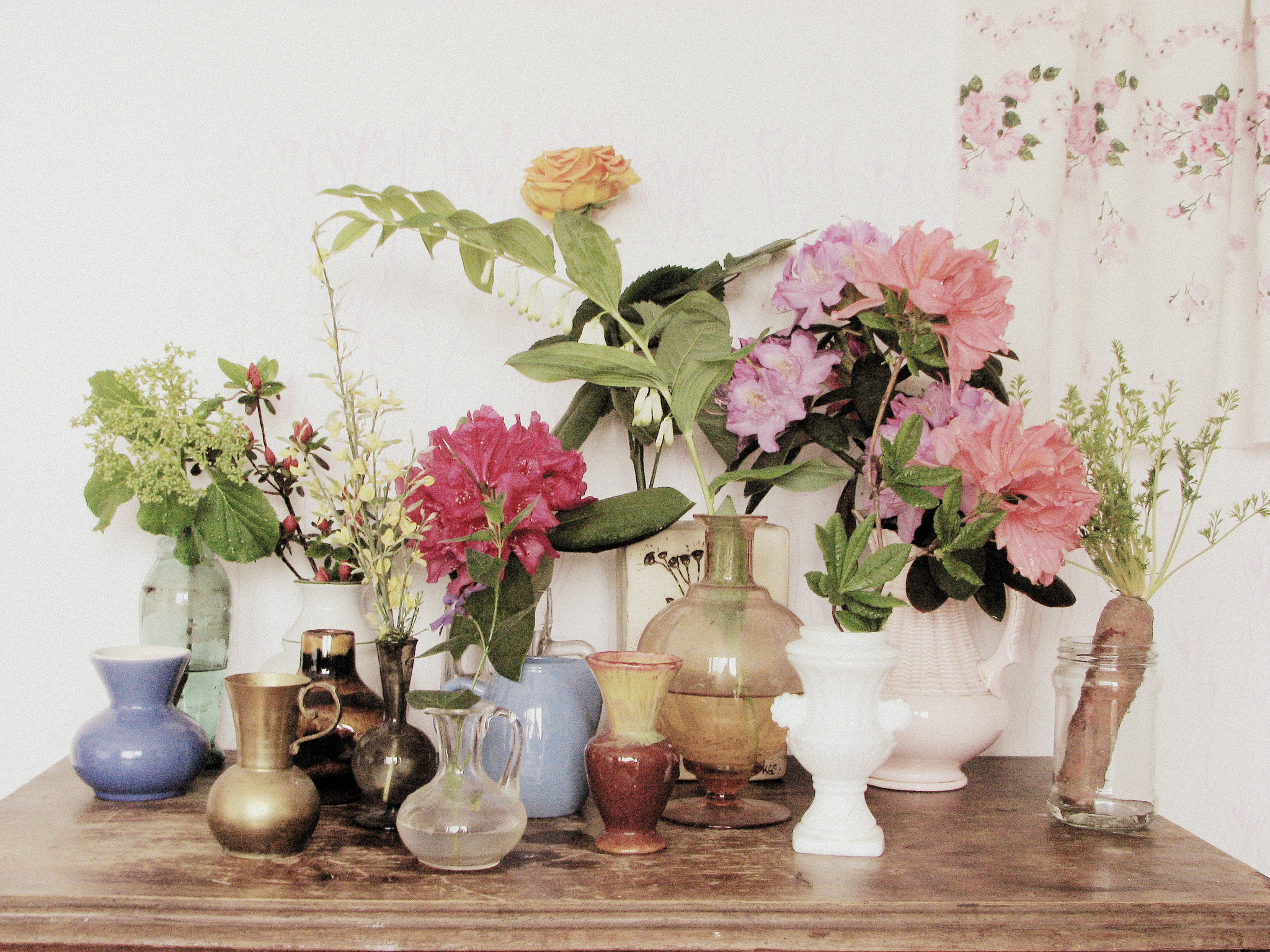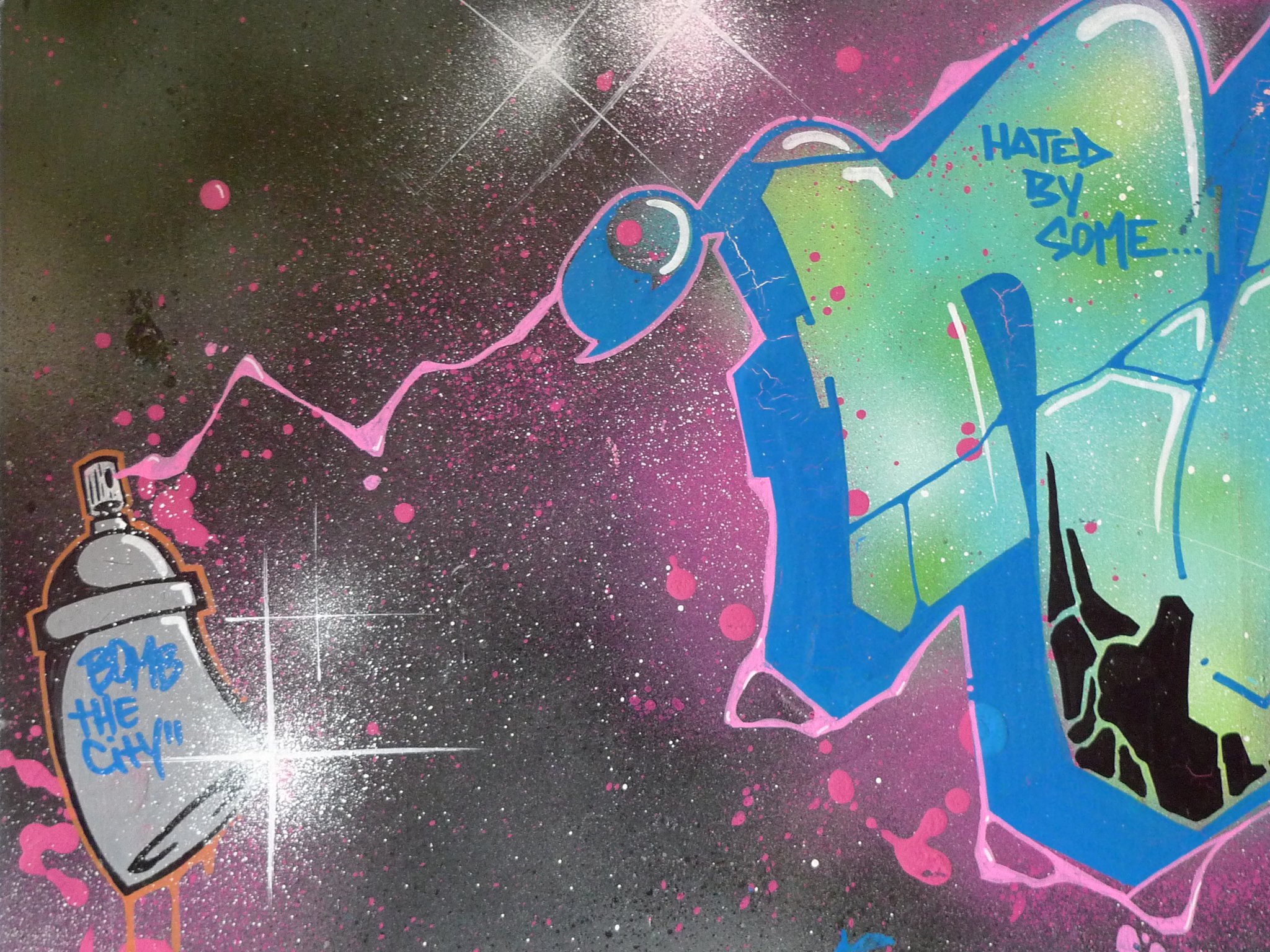
The (Under)Use of Scent in Theatre
Seeing The Woman in Black in theatre is par for the course for anyone studying GCSE or A-level drama, but it wasn’t just my wimpish nature that made me so terrified the first time I saw it. There’s something affecting about being in the same room as the actors, however far removed, especially if they come through the audience; there’s something about bodies being present, the possibility of a real threat. You feel the reverberations of their voices. However immersive cinema can be, the peril of physical contact or feeling — air on the back of your neck, changes in temperature — has previously been reserved for the kind of guns-blazing 4D experiences found only at places like Disneyland. Despite the physicality of plays like The Woman in Black, the emotive potential of one particular field remains relatively unmined: scent. Though still one of the least used senses in theatre, in recent years avant-garde directors have begun to explore its possibilities.
Conceiving of a scent to suit the atmosphere of horror in The Woman in Black seems simple: perhaps a heavy choke of dust, empty dank marshes, carrion. Creating these scents should even be achievable; the rise of unconventional ‘anti-perfumes’, which more closely resemble pieces of art or meditations on scent than common popular fragrances, have shown that any scents can be manufactured, not only pleasant ones. Comme des Garçons have perfumes such as Odeur 53 whose descriptions read like the sets and items of plays: ‘Smell of dust on a Hot Light-Bulb’, ‘Sand dunes’, and the beguiling ‘A Toaster’. If anything can be captured as a scent, it might seem strange that theatre so seldom avails itself of these options.
In contrast, cinema has a rather infamous history with the use of scent. Walt Disney nearly incorporated scent into 1940’s Fantasia, but decided against it for financial reasons, leaving the most notorious use of scent in cinema as 1960’s Smell-O-Vision. This brainchild of Hans Laube and Michael Todd Jr., used a ‘smell brain’ to release perfumes on cue, with the scents themselves arranged in order and mixed with air by electric fans before being pumped through tubing to reach each seat individually. It was a decided failure. Among other criticisms, the contraption’s hissing noise was distracting, and smells reached some parts of the audience before others. Since then, MTV or the occasional film have released scratch and sniff cards to accompany films and programs, but due to its rarity and past failures, scent has retained a sense of gimmick in both cinema and theatre.
Considering that the 20th Century saw so much cinematic development and innovation, it is surprising scent remains fairly alien to film, let alone theatre. But Sally Banes, the author of the most substantial paper on theatrical scent, ‘Olfactory Performances’, notes, “The beginnings of Western theatre in ancient Greek festivals like the Eleusinian mysteries… were suffused with intense aromas of all kinds… and the burning of incense and other materials in sacred fires.” The use of fragrances in the West later diminished, however, as theatres were deodorized by the hygiene campaigns of the 19th and 20th centuries. Though, as Banes observes, there is “no published history of olfactory performances”, the 20th century’s realist aesthetic brought a return to them. Zefferelli, directing Saturday, Sunday, Monday at the National Theatre in 1973, used real spaghetti for the dramatic familial meal, subtly indicating the characters’ Neopolitan background, while Philip Prowse’s Tis Pity She’s A Whore, at the Glasgow Citizen’s Theatre in 1983 had a “sort of charnel-house stench of death and incense [which hung] over the whole production,” to signal the contrast between the sickness of the incestuous love, and the suffocating formal atmosphere.
The foremost current pioneer of ‘scent design’ in theatre, New York-based David Bernstein, has supplied scent to a number of productions, and differentiates between ‘ambient scent’, used to set the scene as an audience arrives, and ‘scent cues’, which coincide with action on stage. Bernstein notes that scent design is easier if the director is not set on using scent to prompt a (usually negative) emotion, but instead views it as “a part of the set that’s invisible”, as much of an element of design as lighting. For one scene in a 2010 production, You Are Made of Stars, in which the protagonist loses her virginity, he combined “Old Spice deodorant, crayons, condensed milk and a riding crop.” The lack of theatre-relevant results when one researches ‘scent design’, however, do indicate that his innovations are yet to truly take off.
An explanation for theatre makers’ reluctance might lie in the practicalities of scent design. Naturally they add yet another cost to a production, and the larger the venue, the more care must be taken that the aromas reach the whole audience at once. Scent also needs time to clear: the general advice is not to sample more than a few perfumes when shopping, as ‘olfactory fatigue’ begins to make them smell the same. Thus, scent can’t practically be used for every scene change; instead, it’s better suited to specific cues or to create a general ambience.
Bernstein himself makes use of a concentrated tea and a humidifier for ambient scents, and for cues, oils diluted into alcohol solutions, spread through fans. If a director was taking a Brechtian approach and had no concern about the audience witnessing their methods, the actors themselves could spray scents, or light incense, and spread it using fans; in smaller venues, scent will project well merely with heat.
On the higher end of the scale, companies can be enlisted to help your production with exactly this task; Germany-based Aerome provides a specific nozzle for each audience member, claiming to do away with scent overlap, and letting individuals choose whether to subject themselves to the odours or not. This seems a good idea; one can even imagine theatres having to develop scent trigger or content warnings, accessible through programmes or online, as our sense of smell can be so powerful that some people might indeed want warning, especially if plays were to use scents as strong as blood, smoke or fire, or anything rotting.
As we develop our sense of smell very early (newborn babies locate their mother’s nipples by smell) scent is highly subjective as well as powerful. Our personal associations with scents make our responses vary, rather than result in one reliable reaction that a director may seek. Some people’s senses of smell are highly sensitive, others far less so; some people detest overpowering scents, and there are allergies to be considered. Scent is so visceral that it’s used in 4D films and rides precisely to create a sense of immediacy or panic. As theatre has a greater need for ambiguity or subtlety than adrenalin-inducing Disney rides, the use of scent requires some careful consideration. There might seem something undignified about our smell, as if it’s almost too personal to make use of in art. But because of this, as Banes points out, scent can be an invaluable tool to undermine as well as enhance realism. Its current status as undeniably gimmicky can help to distance an audience; it can either make you hyper-aware that you’re watching a play, or attempt to persuade you of an underlying realism.
Accessibility is another reason why engaging more of our senses might be called for in theatre. Companies such as Red Octopus, Oily Cart or Bamboozle Theatre aim to make immersive theatrical experiences for young people with additional needs without dumbing them down, such as simulating the feel of rain, and often making use of scent. In these productions, lighting, puppetry, hydrotherapy and aromatherapy work to deliver an experience other plays might not supply for those with complex disabilities, often tailoring performances to the specific needs of their audience.
The potency of scent as a stimulus for emotion is undeniable; the demand might not yet be making itself known, but not all directors remain unaware of it. And yet for me, as I cowered during The Woman in Black, it was probably fortunate that a whiff of carrion didn’t pass under my nose, accompanying the play’s empty hallways, the eerily rocking chair. I would have screamed.
Photo by Krzysztof Ubych







